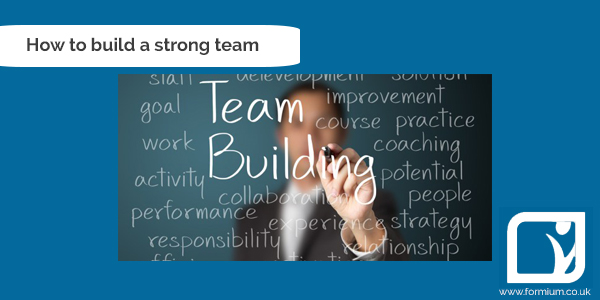10 leadership actions to help your team flourish
1. Develop a team that is made up of people with different experiences and strengths. Successful teams are diverse, with a wide range of complementary strengths; each person performing in the role that plays to their strengths and in which they can thrive. This approach makes the most of the combined talents available to you, allows most individual weaknesses to become irrelevant, as they are compensated by the strengths of others. Diversity of perspectives is crucial for innovation.
2. Involve your team in co-creating an aspirational vision, so members have a clear stake in the organisation’s success. Seeking your people’s views generates immediate engagement and a stronger connection between activity and outcome.
3. Talk about “why” as well as “what”. Foster the team’s shared aim by describing the impact of their work so that members understand the link to a greater purpose. There is a stakeholder, a customer, or even society at large that benefits as an end result of the work they’re doing.
4. As part of planning and managing challenges, identify and communicate a clear outcome. Review past similar successes and identify the factors of that success. You can then use these to shape your response to issues.
5. Specify and agree clear metrics and targets and agree shared performance outcomes. This establishes each person as responsible for their own performance, seeing growth opportunities, owning mistakes, and setting and reporting against their own SMART objectives. This investment of time benefits the leader by allowing you to spend less of your time spent on ongoing monitoring.
6. Discuss performance at all levels, all the time. This means the organisation’s performance, the team’s performance, customer responses, and individual contributions and actions. All of these elements contribute to the outcome, satisfaction, and experience.
7. Take the role of facilitator, rather than team manager. Ensure that you give thinking time and space to staff members when discussing projects or challenges. They may need time to think issues through, explore options, or identify likely obstacles.
8. Create successful team conversations by encouraging positive communication. The ratio of positivity to negativity is a fundamental driver of good relationships as well as productivity. A successful team looks to have between three and six positive statements for every negative statement, expressing more agreement, and engaging with others’ viewpoints. Successful teams also listen more than argue – they spend more time seeking to understand rather than asserting their own point.
9. Use “Yes AND…” rather than “Yes BUT…” in discussions and meetings. This indicates that you’ve heard the other person’s point, and allows you to build on the previous statement. It is a small language tweak, which generates collaboration, rather than argument.
10. Expect accountability and at the same time practice visible forgiveness to defuse blame when things do go wrong. This will allow you to move on to resolve issues and safeguards the team’s willingness to try new things, take risks, make mistakes and learn. Apologising and showing forgiveness are some of the most important ways of building trust, and encouraging open communication.
If we can support the development of your team, look at our organisation development offer or contact us.
